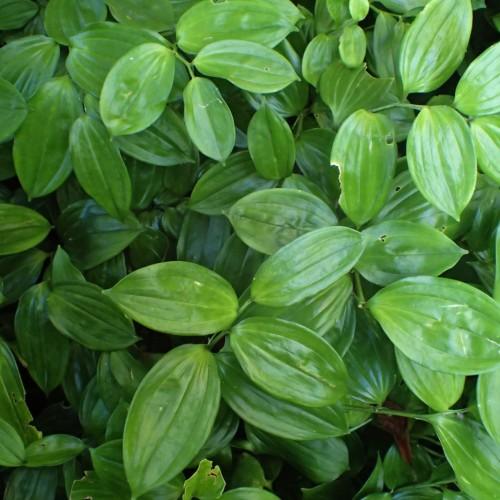
evergreen Solomon's seal
Disporopsis pernyi
Cycle:
Herbaceous Perennial
Watering:
Average
Hardiness Zone:
6 - 9
Flowers:
Flowers
Sun:
Part shade,full shade
Leaf:
Yes
Growth Rate:
Low
Maintenance:
Low
Drought Tolerant:
Yes
Care Level:
Medium
watering
Evergreen Solomon's Seal should be watered about once a week. The soil should be kept moist but not soggy. You can tell if the soil is moist by feeling it with your finger. If it feels wet, wait a few days before watering again. Depending on the conditions, you may need to water more or less frequently. If the weather is hot and dry, it may need to be watered more often. If the weather is cool and damp, it may need to be watered less often. Always check the soil before watering.
sunlight
The evergreen Solomon's seal is an easy-to-grow shade-loving perennial plant that thrives in partial to full shade, as well as partial to full sun. It does best with 4 to 6 hours of direct sunlight a day. In shade, the plant may bloom less and have stretched stems, but it will remain healthy and lush. In full sun, the plant may struggle from heat stress, especially if the soil is not kept consistently moist. In this case, consider providing filtered light or afternoon shade.
pruning
Regular pruning for an evergreen Solomon's seal should be done at the end of the season when the plant finishes blooming. Pruning should be done lightly for the plant to prevent damage. Clip off older, dead foliage and any stems that are not growing actively. Canes and stems that are growing too close together can also be removed to encourage air circulation. When removing stems, be sure to go to the base of the stem which will avoid leaving a rough stub. Pruning should be done in late summer or at the beginning of fall to keep the evergreen Solomon's seal healthy and looking its best.
